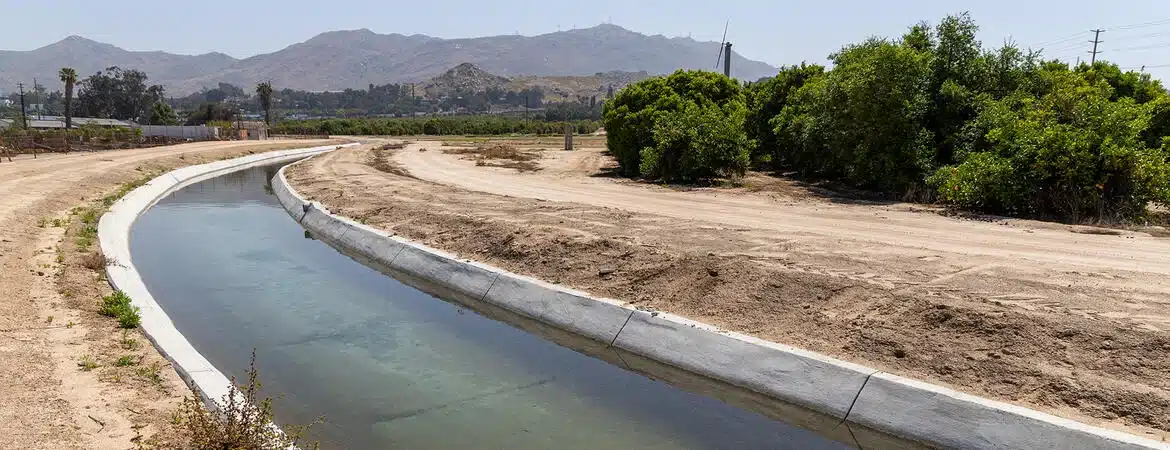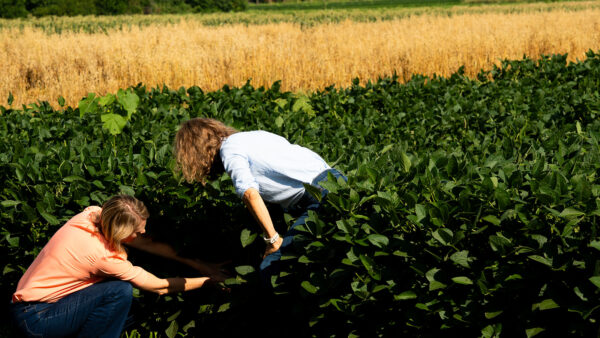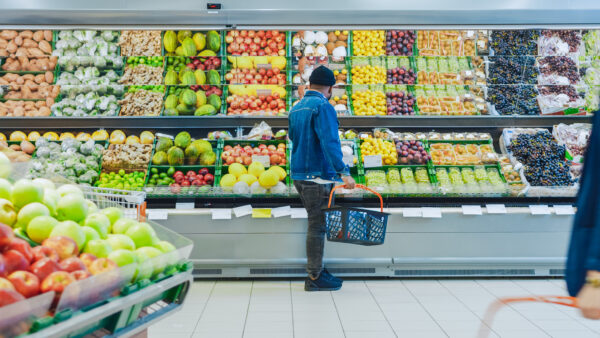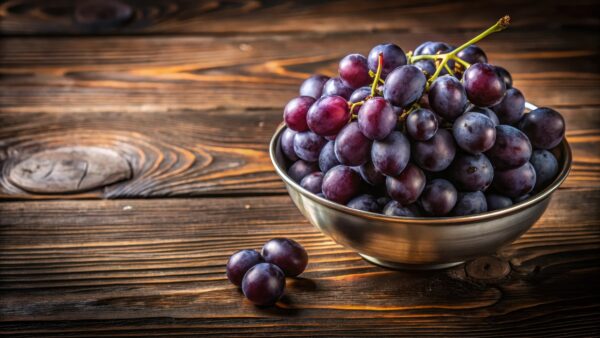A report from University of California-Riverside (UCR) researchers calls for urgent and innovative measures to address declining water availability due to climate change.
In a UCR release the researchers said California should take urgent and bold measures to adapt its $59 billion agriculture sector to climate change as the amount of water available for crops declines, according to a collaborative report by University of California faculty from four campuses.
Published in the Proceedings of the National Academy of Sciences, the report provides a roadmap for more water capture, storage, and distribution systems that align with climate projections and ecosystems. It further explores how runoff and groundwater can be reused as it generally flows from mountainsides to coastal lands.
“The availability of water for consumption is decreasing because of climate change, partly due to increased evaporation and transpiration but also because we don’t have the system set up to capture and use the larger and more variable flows that are now the norm,” UCR public policy professor Kurt Schwabe said in the release.
A warmer planet means fewer but larger rain and snowstorms in California. Rising temperatures and shorter winters also result in smaller volumes of water stored in mountain snowpacks that have historically replenished California’s reservoirs each spring. Additionally, more water is getting lost through evaporation.
This means that agriculture, which uses about 80 percent of the water consumed in the state, will need to adjust to a future with less water available for irrigation.
To help reduce the overall impact on agriculture and society from climate change, the report’s authors envision a more nimble and responsive system that can capture and store water from big storms before it flows out to sea. This would prevent floods and ensure crops continue growing through the hot, dry summer months.
California must increase its water storage capacity, but that doesn’t necessarily mean building more dams and reservoirs, Schwabe said. Significant storage capacity now exists in the state’s depleted aquifers below the Central Valley and the coastal plains.
“It’s really a huge win,” Schwabe said. “We can start taking more of those flood flows, and unexpected overflows, and put them in these groundwater aquifers. We’ve got plenty of capacity there, and you don’t suffer from the evaporation rates that you do with the surface reservoirs.”
Capturing these flows would involve diverting torrents from heavy rains and accelerated snowmelts to farm fields or habitat lands where controlled flooding would cause no harm, allowing the water to percolate down to aquifers. This would provide farmers with more groundwater during drier periods while also reviving wildlife habitats.
Farmers should also take advantage of new crop varieties, giving them more flexibility to deal with different water situations. Changing crops, unlike changing irrigation systems, can lead to reduced overall water use.
“It’s obviously an economic decision confronting the growers,” Schwabe said.
However, switching from a water-intensive practice such as flood irrigation to something like drip irrigation doesn’t necessarily save much water at the system level, he said. Flood irrigation may be appropriate if it helps recharge aquifers, or the runoff is used again by other farms.
“Sometimes the runoff water appears later in the system for use,” Schwabe said.
California also needs to build more flexibility into its water delivery systems. The state’s three major aqueducts — the California State Water Project, the Central Valley Project, and the Colorado River Aqueduct — mainly transport water from north to south. Greater flexibility to move water from east to west and vice versa would allow for more efficient water use. Farmers with surplus water in a particular season could sell to those in need. With prices based on scarcity plus delivery costs, such a marketplace would incentivize storage and efficient use, Schwabe said.
“When I moved to California over 20 years ago, someone told me, ‘Don’t let people tell you there isn’t a lot of water in California because there is. The problem is that it’s just managed really poorly,’” Schwabe said.
Schwabe believes the state is making progress by developing policies that can lead to more efficient and sustainable outcomes, such as the Sustainable Groundwater Management Act of 2014.
“Today more than ever before we’re seeing partnerships across environmental, agricultural, and municipal sectors to address water scarcity issues,” Schwabe said. “And that’s a good thing.”
The report is titled “Cultivating Climate Resilience in California Agriculture: Adaptations to an Increasingly Volatile Water Future.” In addition to Schwabe, the report’s co-authors are Josué Medellín-Azuara at UC Merced, Alvar Escriva-Bou at UCLA, and Amélie Gaudin and Daniel Sumner at UC Davis.












